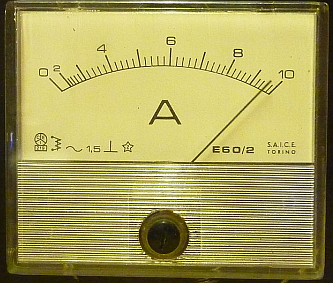US filers are very familiar with the requirement that if an invention is made in the US, the applicant may only file a patent application on that invention in a non-US country if the applicant has obtained an FFL (foreign filing license) from the USPTO.
From time to time the question will arise what if the invention is jointly made by people in some country outside the US and people in the US? Each country has laws about where you can file first and what you must do before you can file elsewhere.
The nice folks at WIPO have developed a handy web page that summarizes FFL requirements around the world.
This web page at WIPO’s web site does not, of course, give legal advice as to how to deal with complicated problems where some of the inventors are in one country and some of the inventors are in a different country. I can describe some of the approaches that some practitioners use to try to solve these problems.
Continue reading “Countries with foreign-filing-license requirements”


